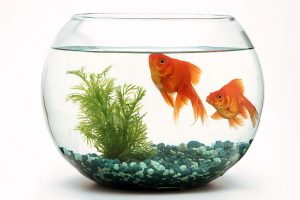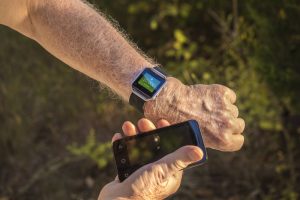
5. Sweden
The early 1990s marked a turning point in Sweden’s environmental responsibility: the transition from oil to district heating. More than 80 percent of hot water and electricity in Swedish apartment blocks are now being powered by this alternative method of heating, which significantly reduces greenhouse gas emissions production.
Sweden also has “The greenest city in Europe,” Växjö. The city not only uses centralized heating, but many of its energy-efficient buildings are constructed with timber wood, about half of the city’s electricity comes from trees, and public transport depends on biogas (often from food waste) and other renewables.
Other sections of Sweden use “passive houses,” which turn the energy from body heat, electrical appliances, and sunlight into energy for fueling the homes. Similarly, body heat from more than 250,000 daily commuters at the central station in Stockholm is used for heat generation.
Västra Hamnen is another example of a Swedish neighborhood that is remarkably eco-forward — one that is completely carbon neutral and depends on renewable energy. The area is still no stranger to waste management. Vacuum suction is used to drive household waste down into a large underground tank, storing food waste. Augustenborg is yet another city that thrives on the environment.
This had 10,000 green roofs absorbing rainwater in 2010, and reducing flooding. Sweden also happens to be one of the world’s most prosperous nations.

6. United Kingdom
Most of the high EPI ranking in the United Kingdom can be attributed to its plastic-use restrictions. In 2018, according to the United Nations Environment Programme, Queen Elizabeth implemented a ban on plastic bottles and straws in all royal estates, and introduced biodegradable takeaway containers.
But these initiatives stretch well beyond the walls of the royal estates: many restaurants and supermarkets have taken on the no-plastic initiative and opted for alternatives to recyclable paper, with some countries in the nation introducing their own bans. For example, Scotland was the first country in the UK to cease the selling and manufacture of Q-Tips plastic.
And the anti-plastic movement of the United Kingdom does not stop there. Even plastic microbeads are not to be found in their cosmetics or personal care products!
Also, the government has promoted the use of electric vehicles rather than conventional gas-fuelled ones. How? By offering grants worth thousands of dollars as an incentive for consumers to opt for low-emission vehicles such as approved cars, motorcycles, mopeds, vans, taxis, and big trucks. (In fact, they provide a grant to car chargers.)











































